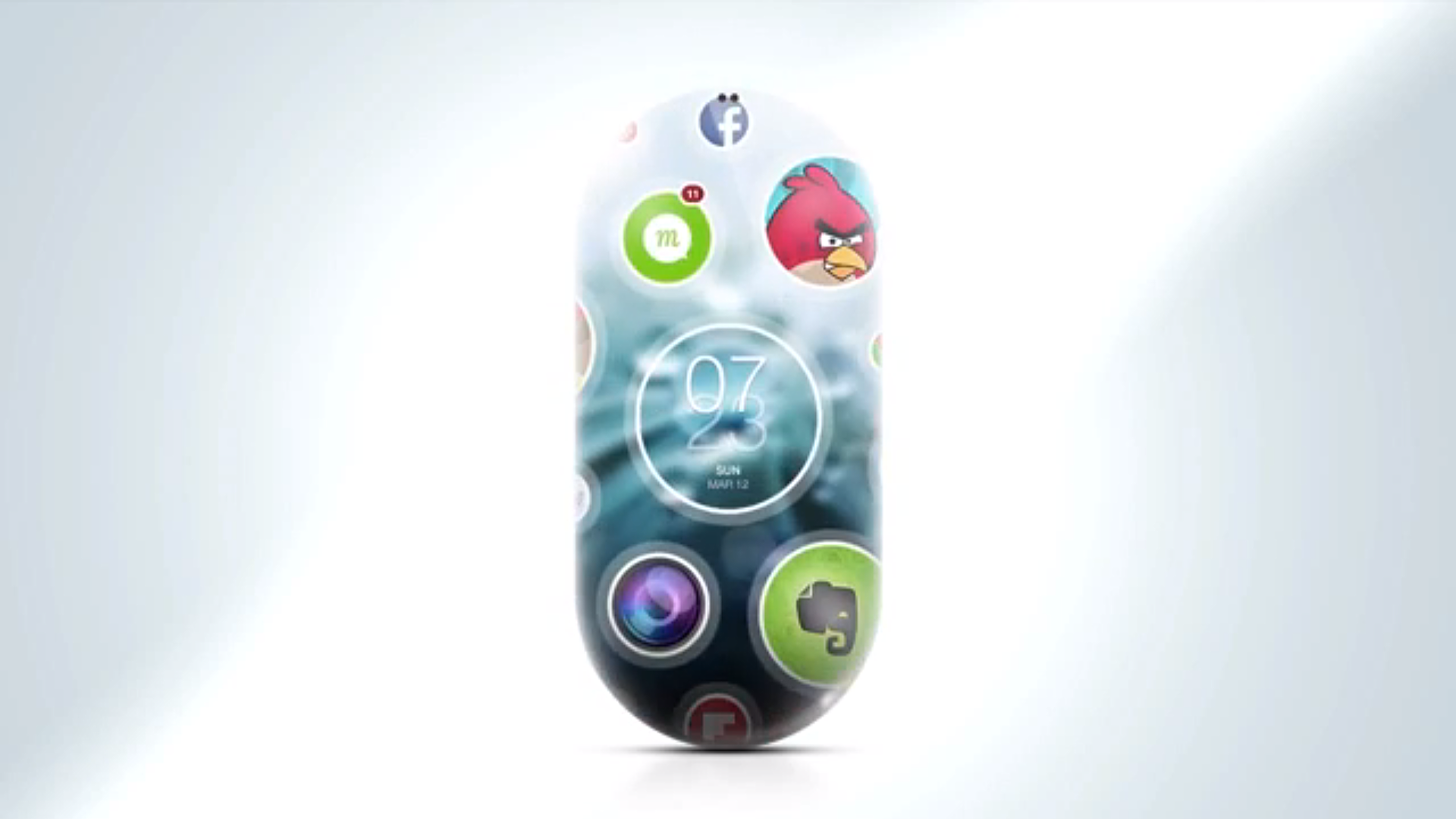
By Melody Mendoza
Are you bored with the current mobile experience? Have you ever wondered why the screen is box-shaped? Can you imagine a better, non-traditional mobile experience?
These were the questions Sung Kim was asking himself last year. Then, he had an idea of a new mobile experience.
He was looking at the wideframe drawings for a new mobile application for Sams Club, when he began wondering why there were only boxes inside of boxes.
“Why do we have to feed our innovation to fit inside the fiscal limitations of traditional views?” he asked himself. “Why are we limiting ourselves of the shape and size?”
Kim said he made a recommendation to his team: Why can’t all of the content be organically employed so every piece of information can be searched by relevance.
“My team members didn’t understand,” Kim said. “I didn’t really even know what I meant. I just wanted to explore.”
Recently, Kim took that step by creating Gestures, his own start-up that’s exploring this new mobile experience.
The end goal is to create a mobile device that includes the Gestures experience: an oval-shape device that fits better in the palm, an interface not restricted by shape or size, applications sorted by the user’s individual frequency of use and buttons replaced by variations of swipes.
Kim will be discussing this new mobile experience at South by Southwest on March 9.
As part of his session, he plans to debut Gestures’ first mobile application: a camera app, introducing gesture-based interfaces and new swipe language.
Kim said the application is 80 percent done, and beta testing is expected to begin at the end of January with a soft launch in mid-February. He hopes SXSW attendees can download the Gestures camera application at SXSW.
“It’ll be the official announcement of the app,” he said.
Kim imagines the camera application like this: a quick load, focus with a tap, select multiple thumbnails at the same time, and swipe gestures to easily apply filters, change the flash settings, move to the gallery, delete an image or share.
He said developing the Gestures language of varied swipes has been difficult because the application has to understand finger position, speed and timing.
“Tweaking gestures takes a lot of time,” he said, “but not a lot of time to create the UI (user interface). It takes time to create direction.”
In the end, Kim envisions the Gestures language on every mobile device, eliminating the need for buttons like “next” or “back.”
He said learning the language will be similar to learning how to use a mouse or keyboard.
“It’s going to take a little bit of time to learn these new conventions, but once you learn them, it’s going to provide the user a much better and efficient user experience,” he said. “Plus, Gestures are much closer to the conventions of reality than using a keyboard or mouse.”
Once Gestures has completed the camera application, the company plans to build a social network tied to the camera app, Kim said. The social network will also reflect the Gestures user interface, utilizing digital space and dimension like you’re going through space, he said. There won’t be a traditional menu or setting, every button will be contextual, and the user can instantly zoom in or out on any detail.
“It will completely shift the way we navigate and consume our information,” he said.
Why and when oval?
Kim explained his theory behind an oval mobile device: Simply put, it fits better in the hand and allows the user to reach across the screen easier.
He said the oval shape is just a concept right now that “allows us to break free from traditional layout options and think more organically.”
When you’re trying to manipulate search results, news feeds, large amounts of information, the user doesn’t care about how many items or pages exist, he said.
He said Apple devices already have rounded corners.
“It’s getting there. Apple and Samsung will actually build it before I do,” he predicts. “It won’t hurt my feelings.”
He said he’s more interested in “revolutionizing how we work in digital space.”
“We’re still worried about cramming everything into this tiny little fiscal screen space instead of utilizing digital space,” he said. “That’s the mentality I want to break. I want to be able to create a new set of traditions that will truly take advantage of today’s touch-screen capabilities and digital space.”
______________
Sung Kim works at Samsung concurrently with his new start-up, Gestures. He is a former employee of Rockfish, a full-service digital innovation partner that builds digital solutions for businesses, according to their website.
